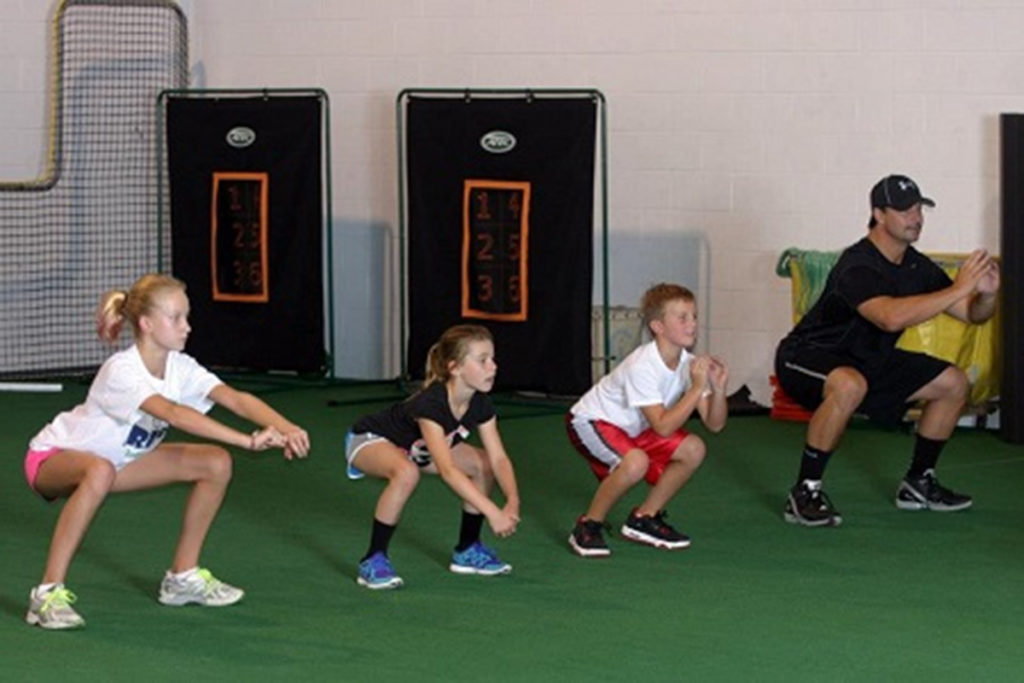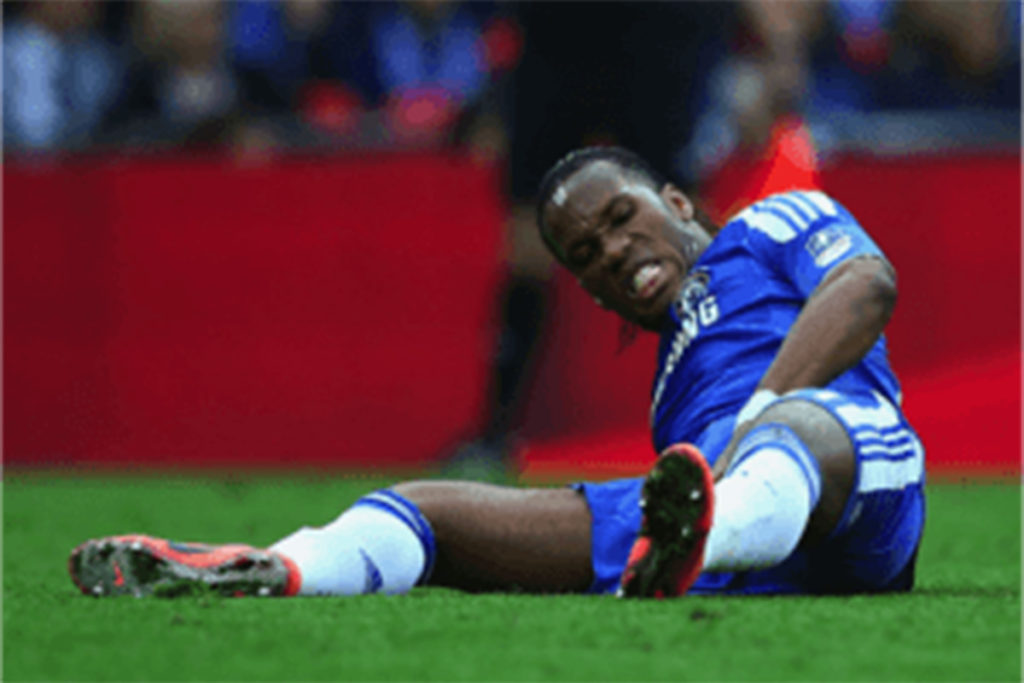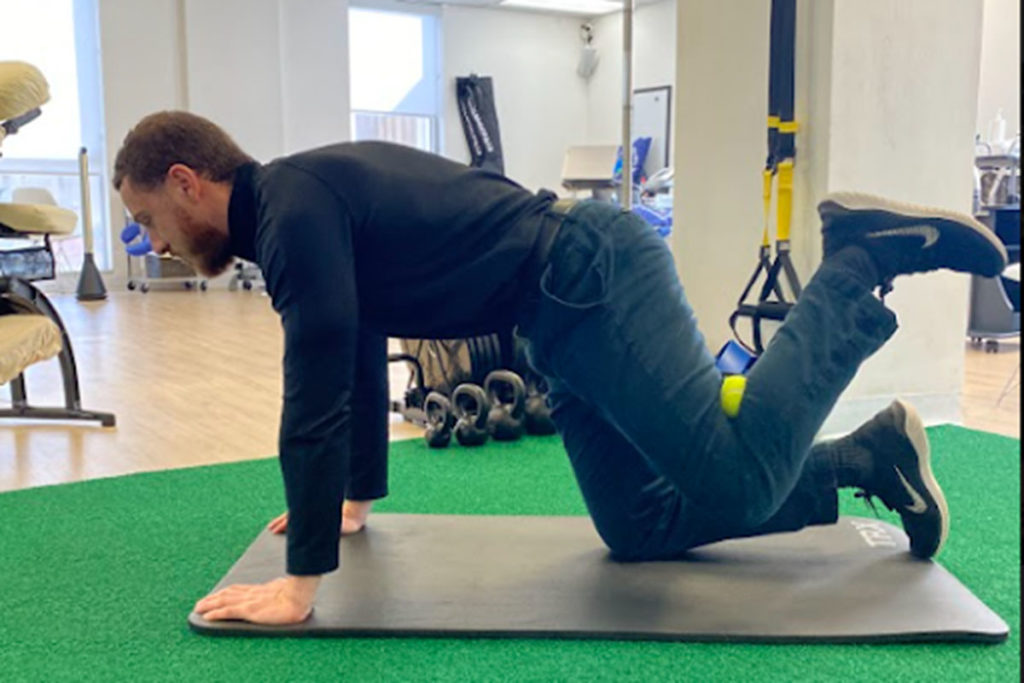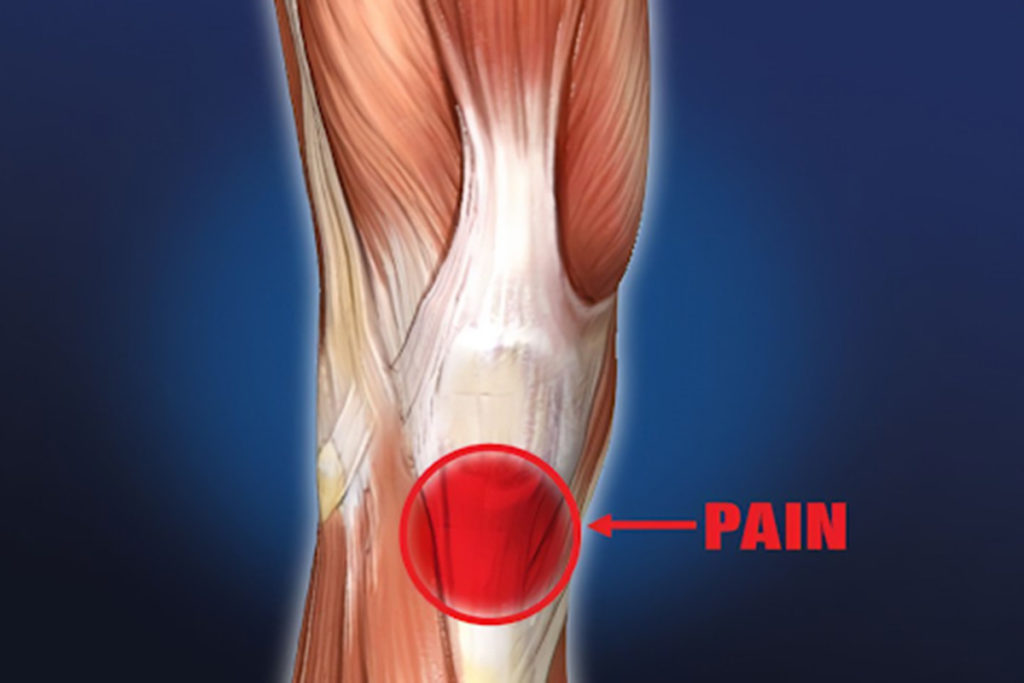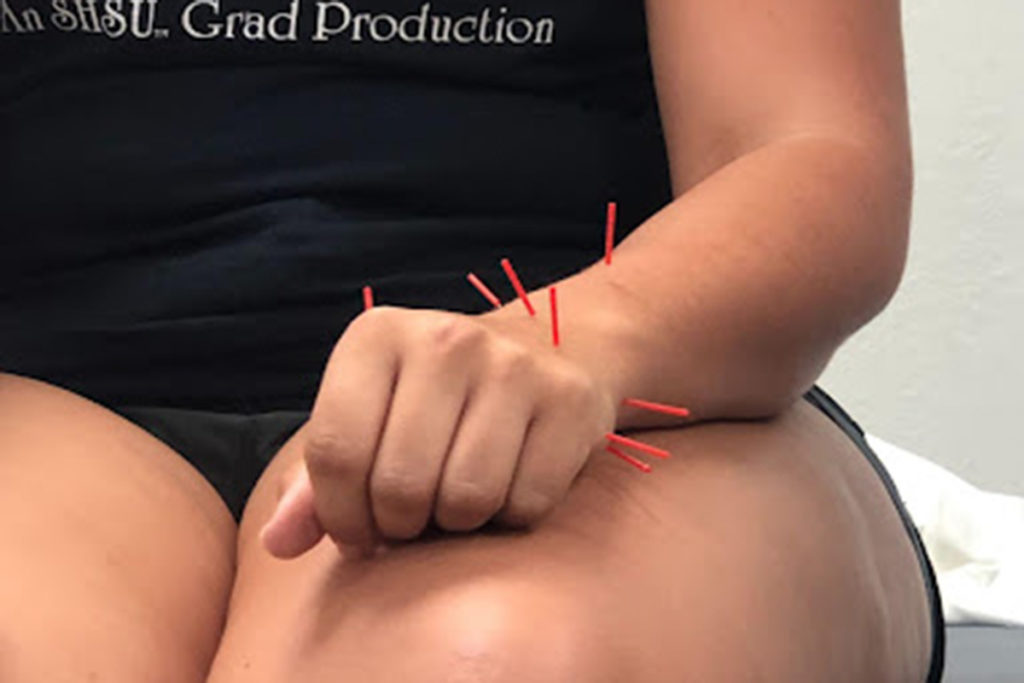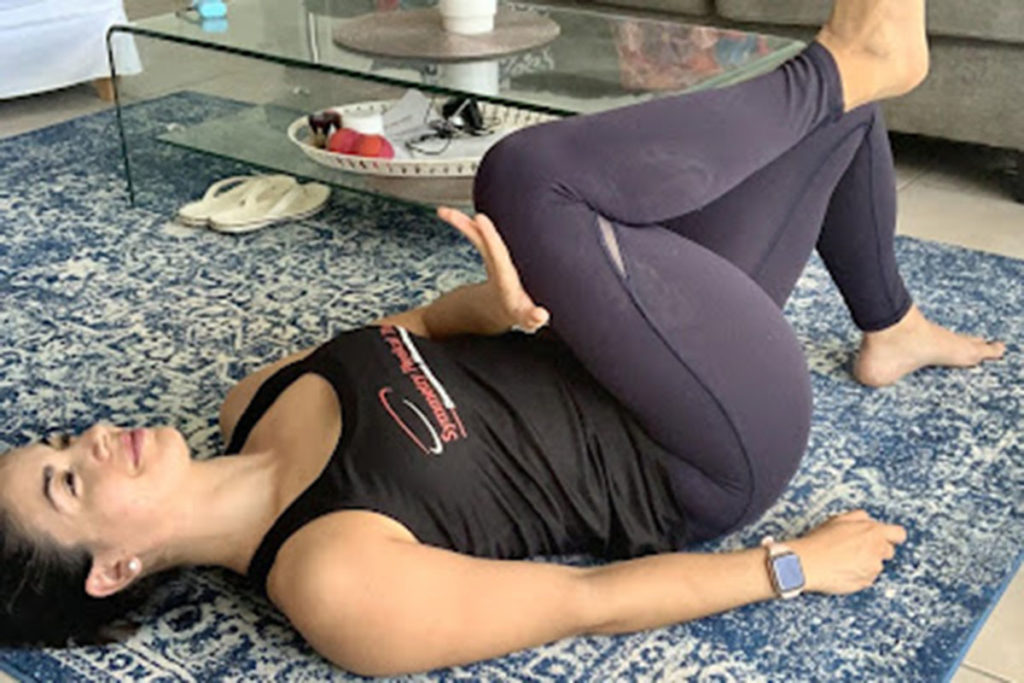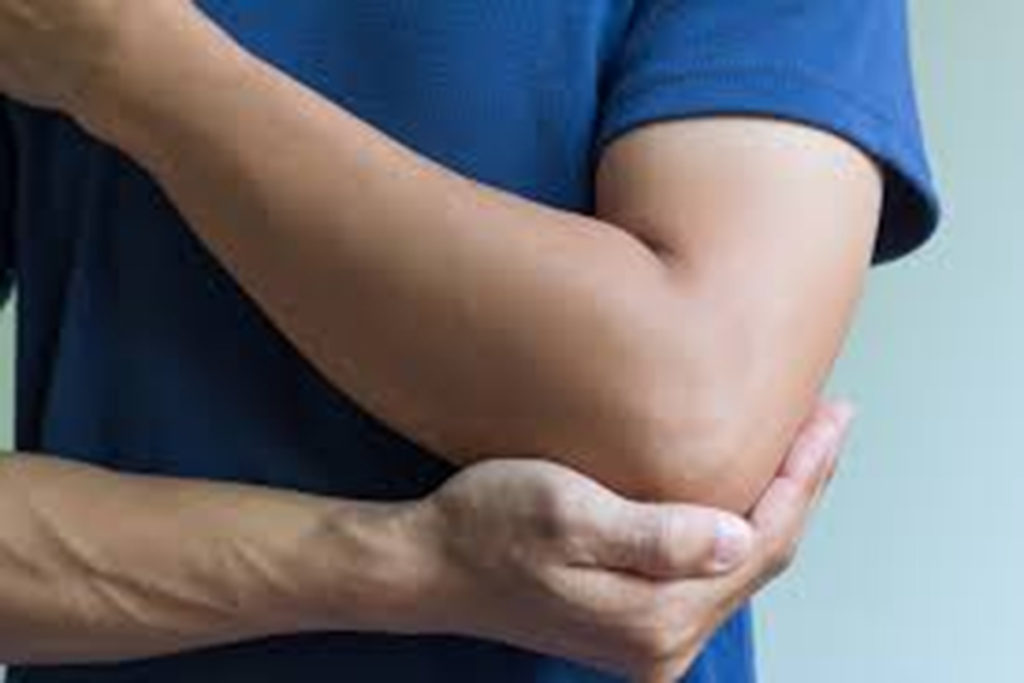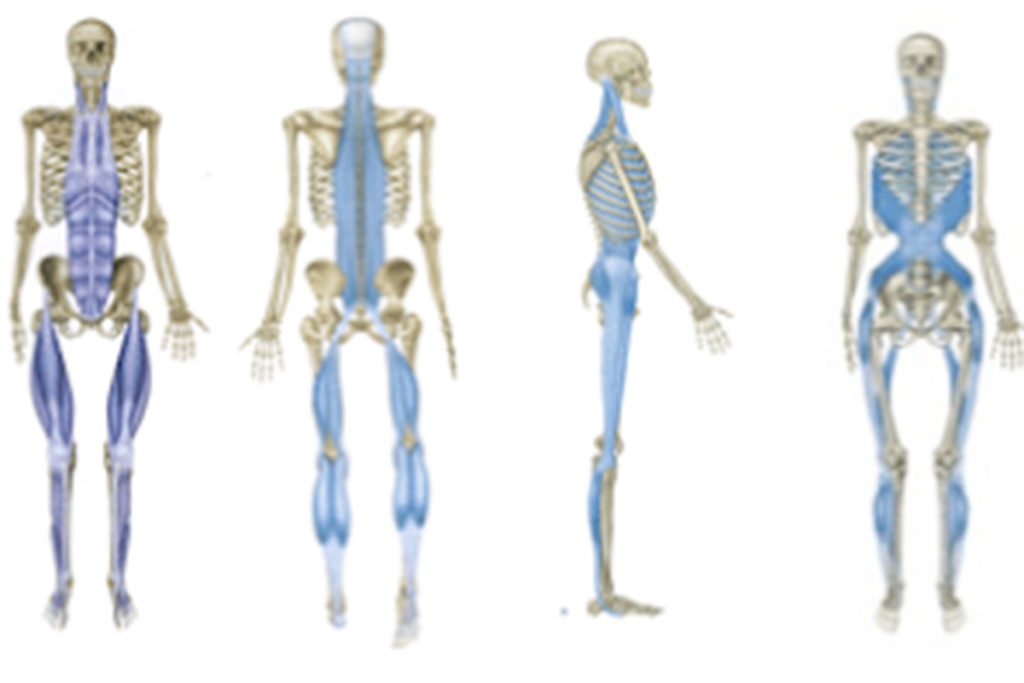Blog
Strength Training for Youth Athletes
There is a common notion that resistance training in youth athletes can cause negative effects on development and maturity in children. Many parents believe that resistance training will stunt the growth of their child if they initiate weight lifting at too young of an age.
Read MorePhysical Therapy for Groin Strains
If you played sports, it is likely that you have experienced a “pulled groin” or “groin strain” at one time or another. This injury is most common in soccer and ice hockey, but also will frequently occur in other sports such as tennis, rugby, baseball, basketball, and football. A groin strain can limit your ability to perform many activities like running, kicking, cutting or changing direction, and can linger for months if left untreated.
Read MoreControlled Articular Rotations (CARs) to Improve Mobility
Range of motion within body regions can be affected by a few factors, but when we think of range, we immediately think of flexibility or strength. A very common cause of range of motion (ROM) deficits is lack of mobility of the joint(s) within that body region.
Read MoreDry Needling for Knee Pain, Jumper’s Knee, Patellar Tendonitis
Knee pain is a very common cause within a large majority of the athletic and active population. It can be caused by a variety of reasons and can prevent us from doing the things we love, such as sports or higher level physical activity. One of the most common causes of knee pain is patellar tendonitis especially among individuals who play sports with repetitive jumping or landing including volleyball, basketball, cross-fit, long distance running, sprinting or biking.
Read MoreThe Frequently Asked Questions about Dry Needling
Are you tired of having that chronic nagging knot on the top of your shoulders? Are you sick of using heating pads or getting massages with no sustained improvement?
Dry Needling (DN) could be the recovery catalyst you have been looking for!
Read MoreWhat Is Dry Needling and What Does It Actually Do?
If you are looking for immediate results, faster progress, controlling your pain without relying on pain medication, and enhancing your performance, you might be a candidate for dry needling! Keep reading to find out what dry needling is and what you can treat with dry needling!
Read MoreMake Time for Mobility in Your Workout
It’s half past noon and you have exactly 60 minutes to get to the gym, workout, grab a smoothie, and get back to your desk. That’s barely enough time to get a solid sweat in, so you decide to simply “warmup” on the treadmill for five minutes and make time to stretch later in the week. That should be fine right? Well, the truth is skipping a quality warmup once won’t make or break your functional capacity. But this isn’t really about one warmup. It’s about habits.
Read MoreReduce Injury and Stay Active Longer
Many things about exercise have become common knowledge nowadays. For example, The American Heart Association recommends 30 minutes of “heart-pumping” activity most days of the week for maintaining cardiovascular health. Consistent strength training helps to prevent decline in bone density for those with osteoporosis/osteopenia. Long duration cardiovascular activity is good for memory.
Read MoreTreating Myofascial Trigger Points
You’ve probably heard of trigger points or, as they are commonly called, “knotted muscles.” Trigger points are just adhesions in the connective tissue known as fascia. Fascia has become a hot topic in fitness and healthcare in recent years, inspiring many products such as foam rollers, and using tennis and lacrosse balls for more than just sports.
Read MorePhysical Therapy for Shoulder Pain
Shoulder pain is a common pain that many people experience but it should not be a problem that we settle to live with. The shoulder joint is meant for mobility meaning that it has the most range of motion of all our joints. If we are experiencing shoulder pain, more than likely close to all of our daily activities will aggravate you because of how much we use our upper extremities.
Read More
